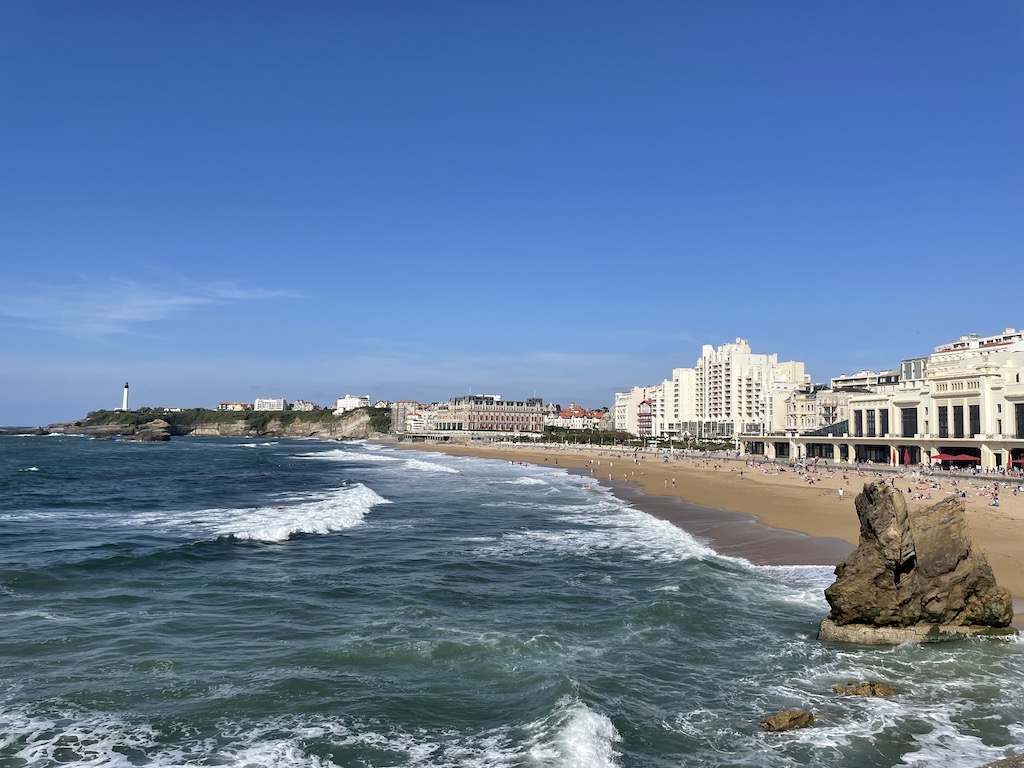
Biarritz Grande Plage
After living in Paris for years, I was well traveled to most parts of France, but I’d never set foot in her southwest, Biarritz topped my bucket list. Perched on the Atlantic cliff side near the Spanish border in the Basque Region, settlements around the city date back to prehistoric times. The Vikings invaded Gascony in 840 and created the first real village.
Economically dependent on the fishing trade, Biarritz was known for whaling from the 12th century. Napoleon III and his Spanish born wife, Eugenie, turned Biarritz into a popular seaside spot when they came for holidays starting in the mid 19th century.
Today, the ritzy coastal resort, with its elegant villas and epic Grand Palace glitter in Belle Epoque style, juxtaposes with the summer surfers crowd in their beach bum attire.
In the 1950’s, Biarritz became known as Europe’s surf capitol. Since then the city thrives on high tide when surfers from across the continent flock to the sea to ride the waves.
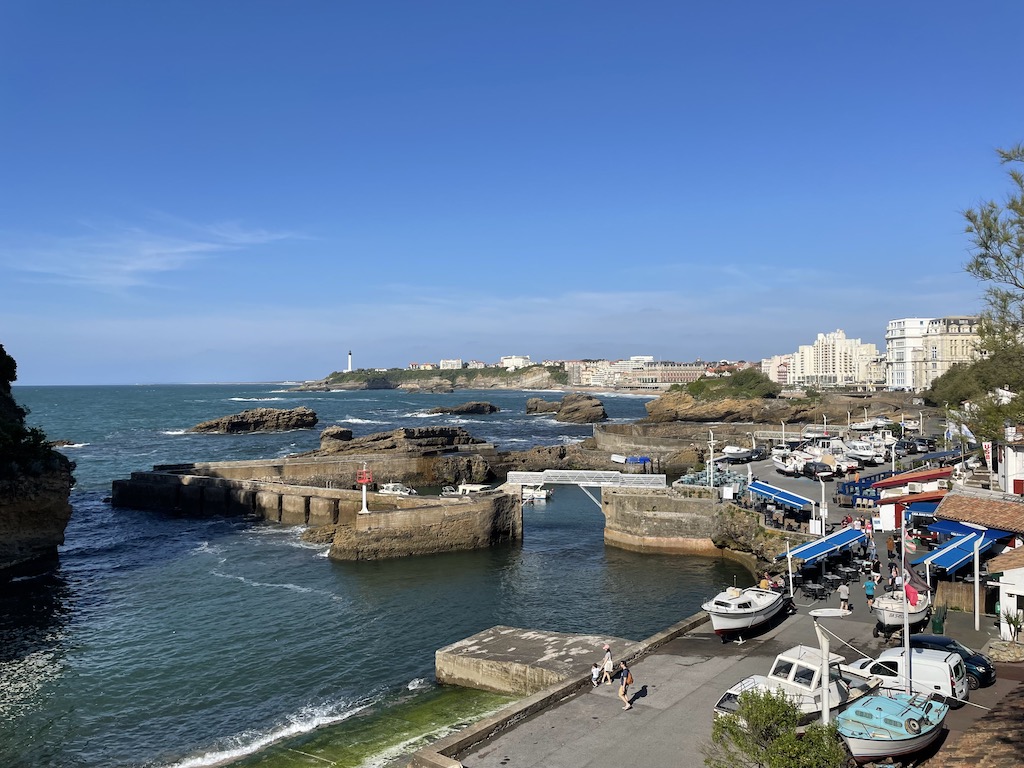
Fishing port
In the past, popular for its casinos, boutiques, bars, restaurants and golf courses, which catered to the rich, the surf community has now also invaded the coastline of Biarritz. Tucked along streets of early 1900s mansions, surfers live out of 60s style vans, cooking meals on electric coals set on the stone seawall, waiting for the water to rise and race to the sea.
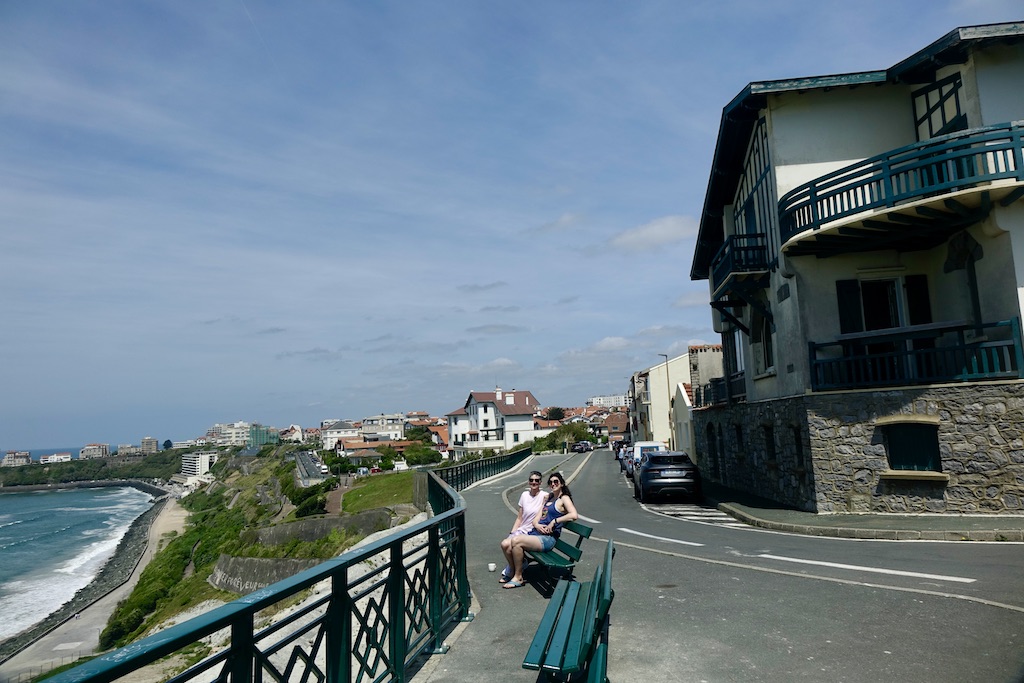
overlooking La Côte des Basques
We rented an Airbnb apartment on the cliff-side above the Bay of Biscay and savored the panoramic view of the beach, the bay and the surfers that looked like shark fins from a distance.
As we meandered down narrow, winding streets that opened to La Cote Des Basques’ stunning overlook, we passed lithe surfers with boards slung under their arms or attached to their bikes. With their stereotypical trim builds and dreadlocks, wearing a dress-like coverups over their swim trunks, they were always ready to peel into wet-suits and hustle to the beach in time to hit high tide.
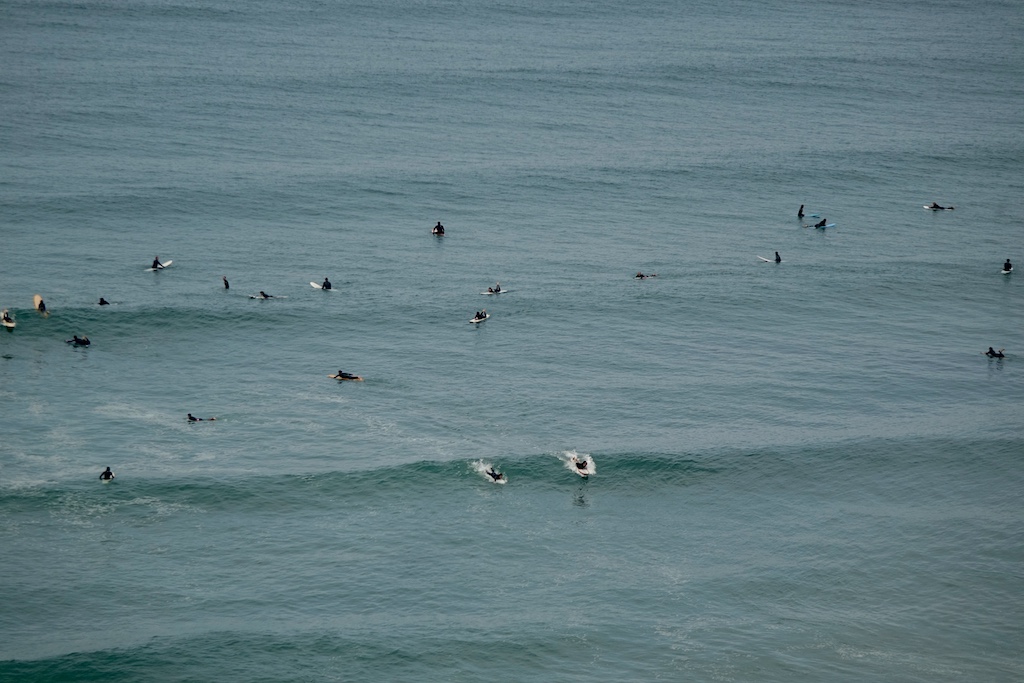
How they managed to ride the waves in winds so ferocious amazed me. I was knocked off my feet just wading along the beach.
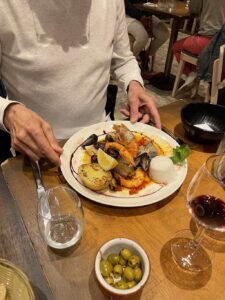 All the outdoor exercise whet our appetites, and there was no end to eateries along the coast and in the village.
All the outdoor exercise whet our appetites, and there was no end to eateries along the coast and in the village.
My husband, born on the coast of Normandy, adored the seafood platter including 5 different fish and prawns, mussels and clams in a saffron sauce served with a tasty, fruity local red wine. Food in the Basque Country is an explosion of flavors filled with spices from the inland.
Most eateries are a lively, colorful, warm reflection of the Basque people.
Biarritz's spectacular sea scenes combined with her succulent cuisine and welcoming ambiance will entice visitors to return.
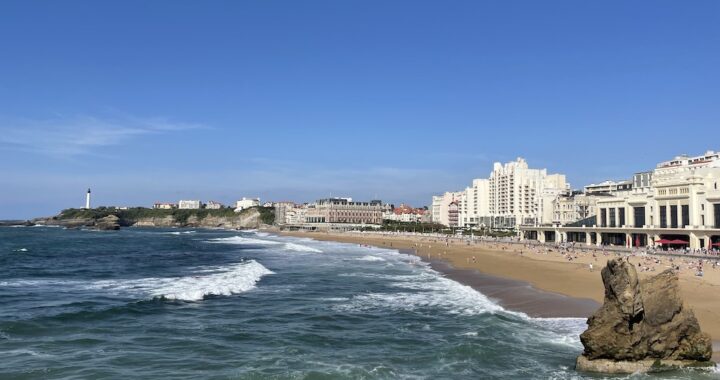

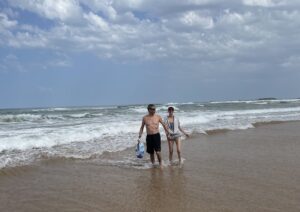
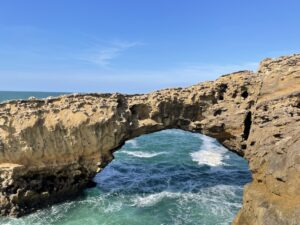
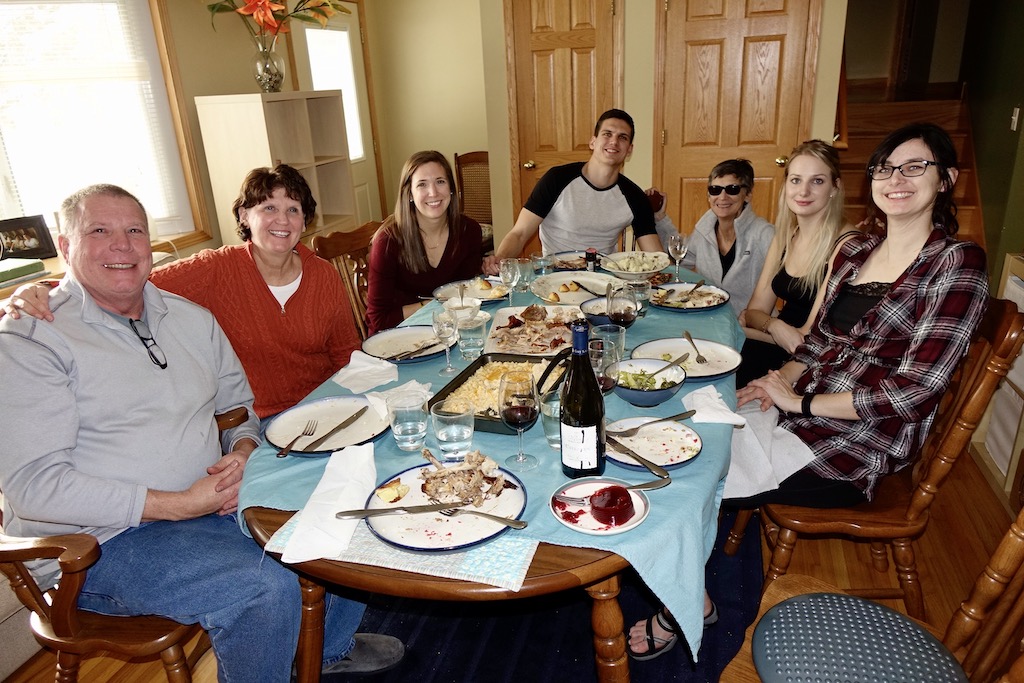
 This Thanksgiving will be a different kind of celebration with same meaning as ever. Traditionally Native Americans saved Pilgrims from starvation back in 1620 by teaching them to tap maple trees, plant corn and fertilize soil.
This Thanksgiving will be a different kind of celebration with same meaning as ever. Traditionally Native Americans saved Pilgrims from starvation back in 1620 by teaching them to tap maple trees, plant corn and fertilize soil. My first year abroad I invited French teammates and they ate the food in courses, one dish at a time. The next year in Germany, the team turnout was so great, there was standing room only; we never sat down to dine. Another year French relatives replaced the giant Tom Turkey with Chicken Little. Now living in Switzerland off I go again every November on the Great Turkey Hunt through the Swiss Alps.
My first year abroad I invited French teammates and they ate the food in courses, one dish at a time. The next year in Germany, the team turnout was so great, there was standing room only; we never sat down to dine. Another year French relatives replaced the giant Tom Turkey with Chicken Little. Now living in Switzerland off I go again every November on the Great Turkey Hunt through the Swiss Alps. Last year I didn’t have to explain anything when Gerald and I celebrated our first extra special Thanksgiving in the states with our kids and sister and her family. My brother in law smoked a turkey, my son and daughter in law made a British speciality Yorkshire pudding, my niece added a broccoli salad. My sister brought the traditional pumpkin pie and my daughter contributed a gluten free apple crumble.
Last year I didn’t have to explain anything when Gerald and I celebrated our first extra special Thanksgiving in the states with our kids and sister and her family. My brother in law smoked a turkey, my son and daughter in law made a British speciality Yorkshire pudding, my niece added a broccoli salad. My sister brought the traditional pumpkin pie and my daughter contributed a gluten free apple crumble.











